Die casting is a process that has been used for centuries to create metal parts. It is a process that can be used to create both small and large parts, and it is a process that can be used to create both simple and complex parts.
In die casting, molten metal is forced into a mould cavity. The mould cavity is created by two hardened steel dies that are brought together with great force.
When the molten metal comes into contact with the dies, it quickly cools and hardens. This creates the part that is needed.
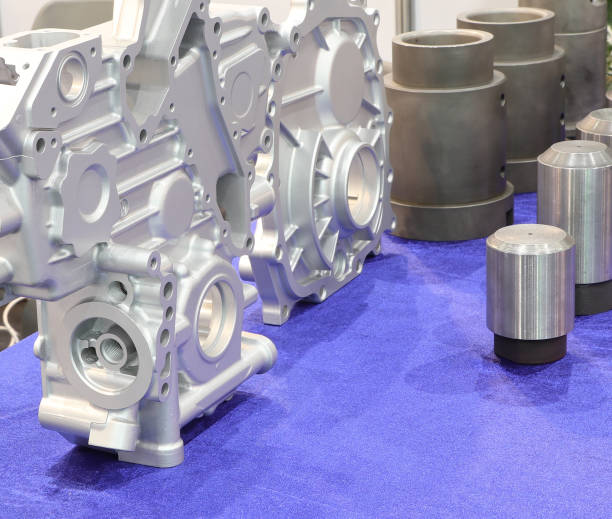
What Aluminium Die Casting Is And What It’s Used For
Aluminium die-casting is a process that involves injecting molten aluminium into a mould under high pressure. The aluminium takes on the shape of the mould, and once it has cooled, the casting is removed from the mould and any excess metal is trimmed away.
Die-casting is typically used for high-volume production runs, as it is a very efficient way to create identical parts. Aluminium die-casting services are rendered to produce a wide variety of applications, from car engine blocks to electronic devices.
One of the benefits of die casting is that it can be used to create parts with very intricate designs. In addition, die castings are very strong and durable, making them ideal for use in products that will undergo a lot of wear and tear.
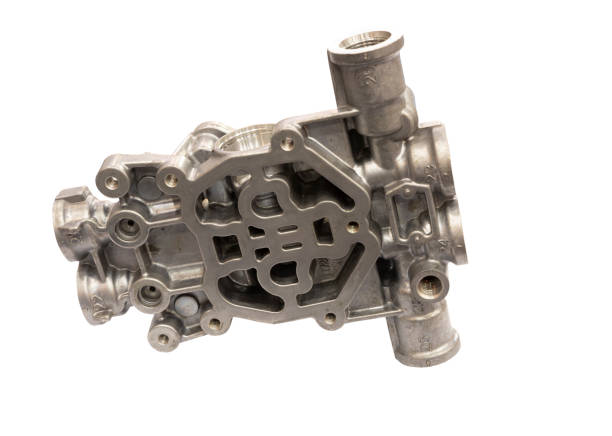
The Different Types Of Aluminium Alloys That Can Be Used In Die Casting
Aluminium alloys are classified according to their composition. The most common types of aluminium alloys used in die-casting are wrought alloys and cast alloys. Wrought alloys are made by combining aluminium with other metals, such as copper, magnesium, silicon, manganese or zinc.
These alloys are strong and durable, making them ideal for use in die-casting. Cast alloys, on the other hand, are made by melting aluminium and then pouring it into moulds.
This manufacturing process results in a less dense metal that is more easily shaped into the desired shape. Cast alloys are typically used for making smaller objects, such as coins or buttons.
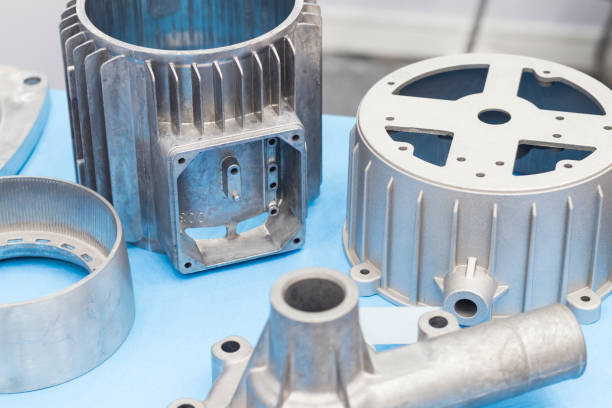
How The Casting Process Works
Casting is the process of making a mould of the desired shape and then filling that mould with a material to create an object.
The material used for casting can be anything from metal like aluminium to plastic, and the process is used for everything from creating sculptures to manufacturing car parts. In order to create a cast, a mould must first be made.
The mould can be made out of any number of materials, but it must be able to withstand the heat of the material being used for casting. Once the mould is created, it is placed in a container called a crucible. The material being used for casting is then heated until it becomes liquid, at which point it is poured into the mould.
Once the material has cooled and hardened, the mould is broken away to reveal the final product. Casting is a versatile process that can be used to create objects of all shapes and sizes.
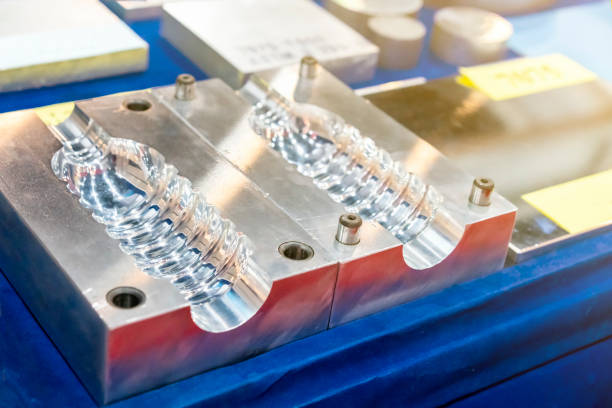
The Advantages Of Using Aluminium Die Casting
Aluminium die-casting is a process where molten aluminium is injected into a mould at high pressure. This process can be used to create highly detailed and accurate parts with a smooth surface finish. Die-casting is often used for mass production because it is relatively quick and cost-effective.
However, there are also several advantages that make die casting an ideal choice for certain applications. For example, die castings can be made with very tight tolerances, making them suitable for high-precision components.
Die castings are also strong and durable, making them ideal for parts that will be subject to high levels of stress or wear and tear. In addition, aluminium die-castings can be easily drilled, tapped or machined, allowing for a wide range of post-processing options.
As a result, die casting is an extremely versatile manufacturing process that can be used to create a wide variety of parts and products.
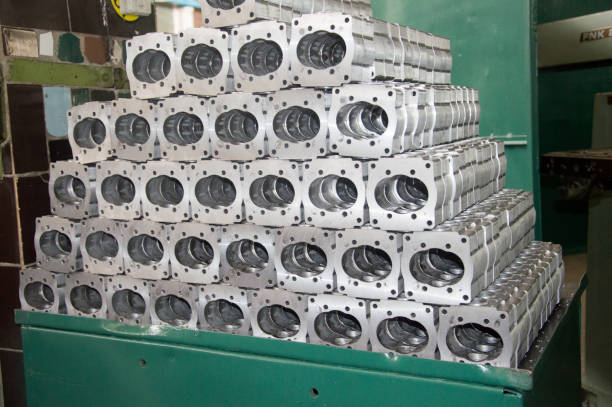
The Importance Of Quality Control In Die Casting
Quality control is essential in any manufacturing process, but it is especially important in die-casting. Die-casting is a complex process that involves injecting molten metal into a mould under high pressure.
If any part of the process is not performed correctly, it can result in defects in the finished product. That’s why die-casting companies must have strict quality control procedures in place.
These procedures help to ensure that each component of the die-casting process is performed correctly and that the finished product meets all the necessary specifications. Without quality control, die-casting would be an unreliable and ineffective manufacturing method.
In Summary
Aluminium die-casting is a process that has many advantages over other manufacturing methods.
It is important to choose the right alloy for your project and to control the quality of the casting process to avoid common problems. If you are looking for a high-quality, durable product, aluminium die-casting is a great option.
Read Also:
- A Beginner’s Guide To Construction Technology
- Guide To Build A Local Brand At A Global Manufacturing Company
- How Industry 4.0 Can Transform Small Manufacturing Businesses
Author: Peter Yordanov














